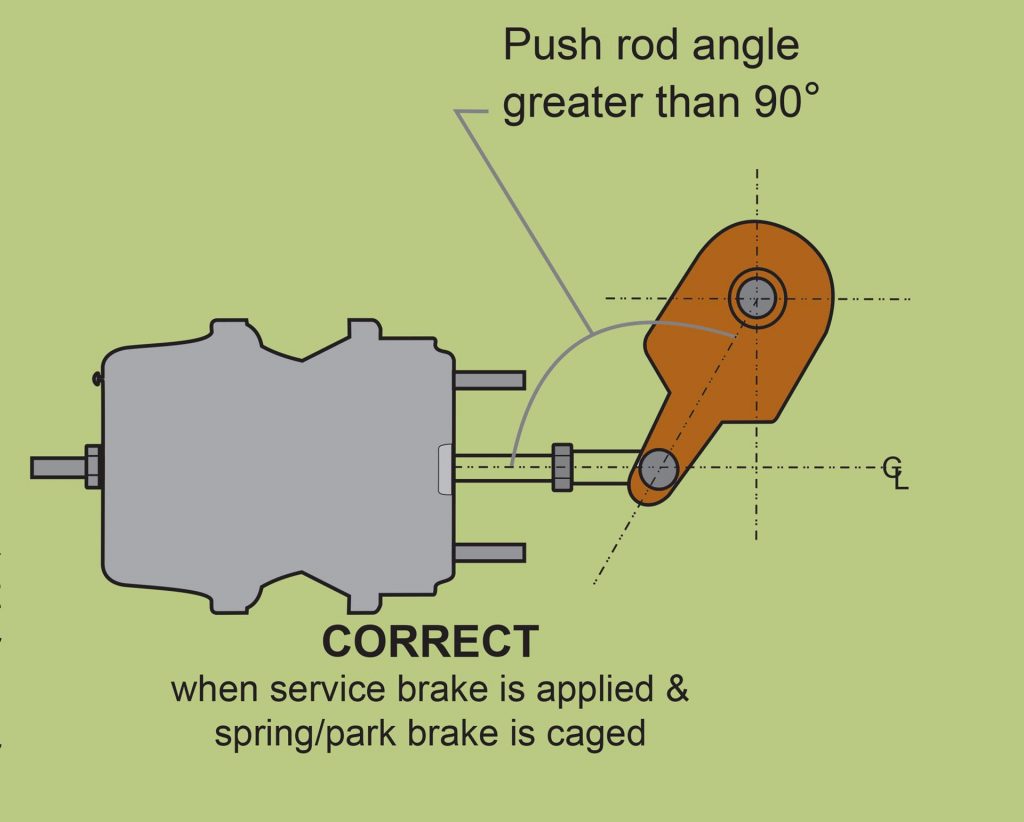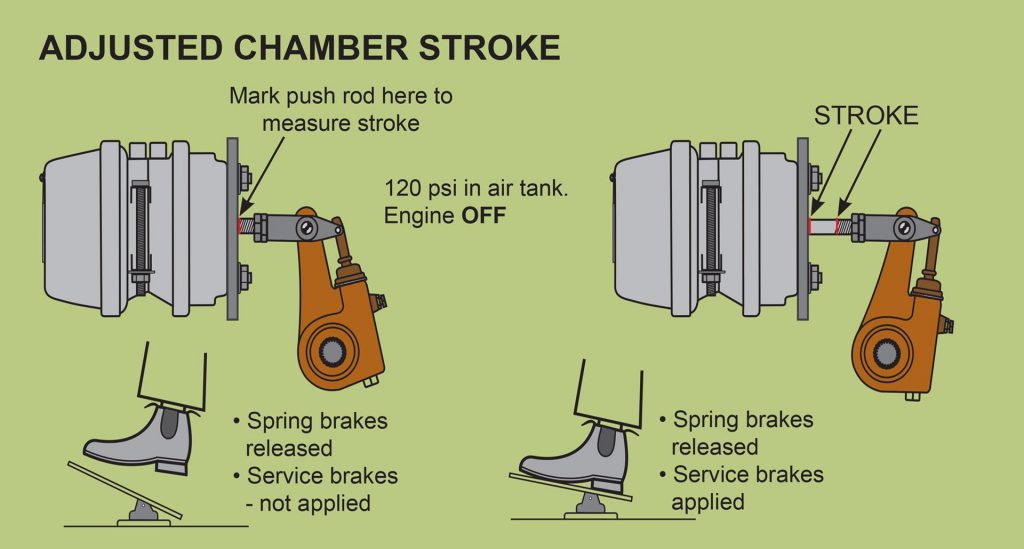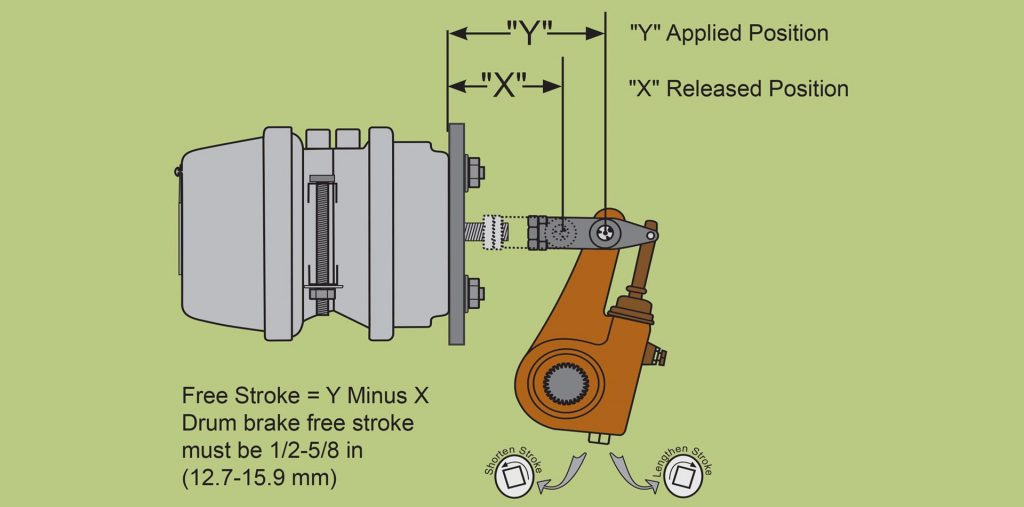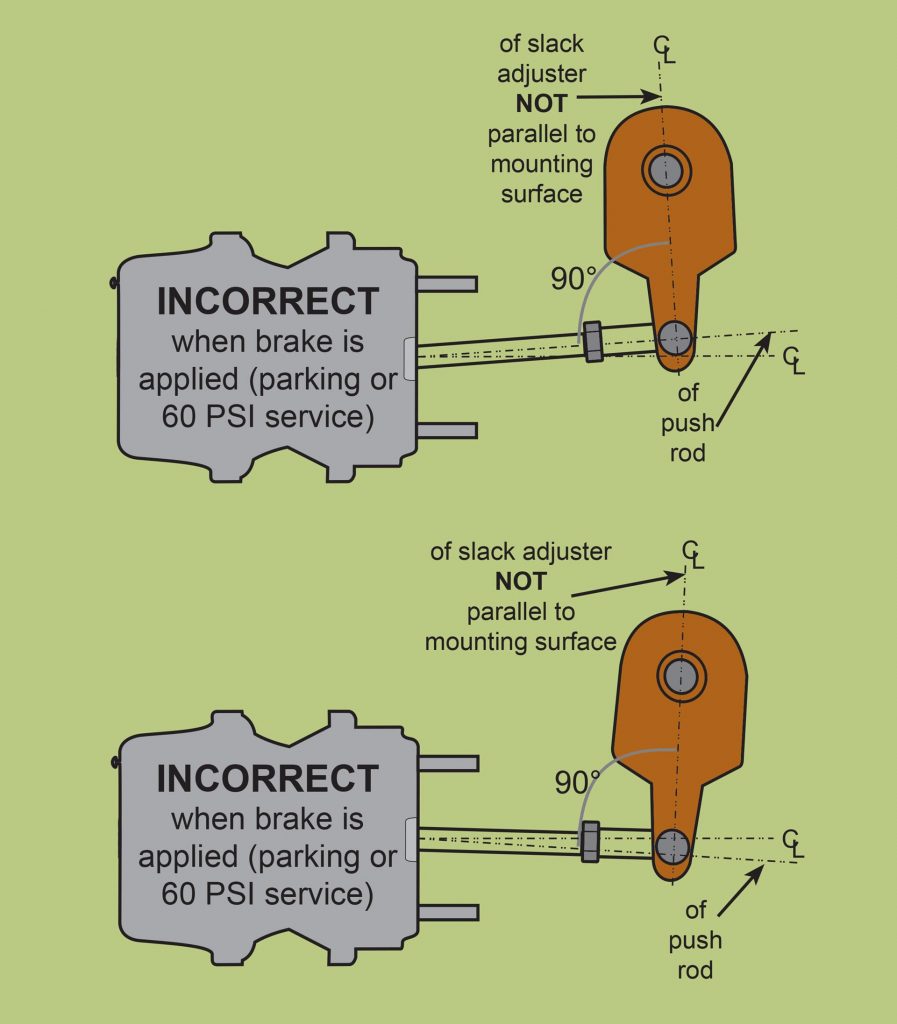In this series of “what to look for” we’ll work through the basics of vehicle pre-start inspection focusing on heavy-vehicle brakes.
In the past the old tick and flick checklist encouraged drivers to have a brief gander over their truck before they commenced their shift. However, with the new stringent Chain of Responsibility (CoR) regulations that require drivers to carry out a thorough vehicle pre-start many drivers are caught unaware of what to look for and could face hefty fines if they inadvertently got it wrong.
Heavy vehicle duty cycles, their type of operation, how the truck is driven along with inspection practices and weather all play a integral part in establishing good brake maintenance procedures.
Brake maintenance, particularly maintenance intervals for trucks at the heavy end of the market, depends more than anything else on the vehicle’s work cycle.
There is a massive difference between a garbage collection truck that experiences 200-300 heavy brake applications in a single shift and an interstate B-Double that may have three or four applications a day, one for each fatigue break and then one at the end of the day.
Interstate trucks might see a rise to 50 -65 degrees Celsius in the brakes on average, where a refuse truck may well have brakes running at 232-260 degrees Celsius. The life expectancy of brake linings can be as short as two months in severe applications, with drum replacement possibly every third time. However, at least it’s predictable and service can be scheduled.
As far as interstate trucks are concerned, brake service is usually performed when the truck chassis is routinely lubricated by looking through the access holes in the dust shields, if fitted, to discover how much meat is left on the brake lining. For a vehicle operating in a heavy application the life expectancy of the conventional S-cam brake linings might be around the 400,000 -500,000 kilometres mark. However, most good drivers can get double that life out of a set of linings.
S-Cam Brake Slack Adjuster Inspection.
Park on level ground then securely chock the wheels to prevent the vehicle from rolling. Make sure the air-system is fully charged with air and release the parking brake so you can move the slack adjusters.

For manual slack adjusters, there are two options, first if you are performing the inspection by yourself, do the following to the measure the slack adjuster stroke.
It is advisable to wear gloves and safety glasses when working underneath the truck. Using firm pressure pull hard on each slack adjuster to move it through its stroke, and measure the distance it travels.
If you have a friend to assist, you can get your friend to sit in the truck and apply brakes with the foot pedal. Measure the stoke of each slack adjuster.
As a rough rule of thumb, if a manual slack adjuster moves more than about 25mm (1-inch) where the push rod attaches to it, then it probably requires adjustment.

Conversely, most vehicles built since 1994 will have automatic slack adjusters. Even though as the name suggests, automatic slack adjusters will adjust themselves during full brake applications, they still must be checked.
By their design, automatic adjusters should never require manually adjusting during their life cycle, other than when new linings are installed or brake maintenance is carried out.
Automatic Slack Adjusters Inspection.
During preventive maintenance on an in-service brake, check both the free stroke and the adjusted chamber stroke using the following procedure:
- Check brakes when the temperature of the brake linings is cool and the system air pressure is above 620 kPa (90 psi) but no more than 827 kPa (120 psi).
- Release the parking brakes to allow the slack adjusters to retract.
- Measure the retracted pushrod length from the face of the brake chamber to the centre of the pushrod pin.
- Have another person apply and hold the brakes one full application, measure the same distance.
- The difference is the pushrod travel distance (applied stroke).
Verify the result is within the correct range (see Table below “Automatic Brake Adjuster Application”). Correctly installed and functioning brakes (automatic slack adjusters) will produce the strokes listed for each chamber type. Test the vehicle to ensure that the brake system is working correctly before returning a vehicle into service.
Automatic Brake Adjuster Application
Air Chamber Type (size) Brake Pushrod Travel (applied stroke)
20-24 Front 25-44 mm
16 Front 19-34 mm
30 Rear 38-51 mm
If the pushrod travel exceeds the above specifications, check the slack adjuster installation. Inspect brake adjuster and anchor bracket for damage.

If adjustment is necessary and the slack adjuster is working, the adjusting hex nut will rotate during the chamber return stroke. Installing a spanner on the hex nut will make this easier to see. On each stroke after the first, the amount of adjustment and chamber travel will be less.
Constant manual adjustment of automatic slack adjusters can shorten the life of the adjuster’s internal clutch. If the installation appears to be free of damage, but the applied stroke range could not be achieved, the slack adjuster must be replaced.
The brake adjuster alone does not ensure proper brake operation. Inspect all brake components. All brake components work together and must be checked periodically to ensure the brake system works properly.
Brake Function Test
After any service work has been carried out to the brake system and as part of your daily pre-start inspection, test the brake operation to ensure both the parking and service brake are operating correctly.
To test the park brake, stop the vehicle, apply the parking brake, and with the vehicle in a low gear gently ease out the clutch to the friction point to test the vehicle will hold.
To test the full combination’s service brake operation, ensure the air system is fully charged and release the parking brake. Move the truck forward slowly at approximately 5 kph and apply the footbrake firmly. Take note if the vehicle pulls to one side or there is an unusual feel or delayed stopping action.
To test the trailer’s brake operation, again ensure the air system is fully charged and release the parking brake. Move the truck forward slowly at approximately 5 kph and apply the trailer hand piece. Take note of how the trailer pulls up.

These tests may show you problems you otherwise wouldn’t know about until you needed the brakes out on the road.
Even incorrectly adjusted brakes may seem to work when brakes are lightly applied.
This could result in a dangerously performing brake system under moderate to heavy braking, on a downhill decent. Cast iron brake drums expand when heated causing the slack adjuster to increase its stroke further the higher the temperature rises.
On long downgrades, the expansion of hot brake drums can cause a total loss of braking and result in a runaway vehicle.
Should your brakes require maintenance, have them serviced and repaired at a reputable workshop.

